Sea of Solitude's exploration of loneliness made me feel less alone
Sea of Solitude's poignant exploration of loneliness offers a ray of light in the darkness
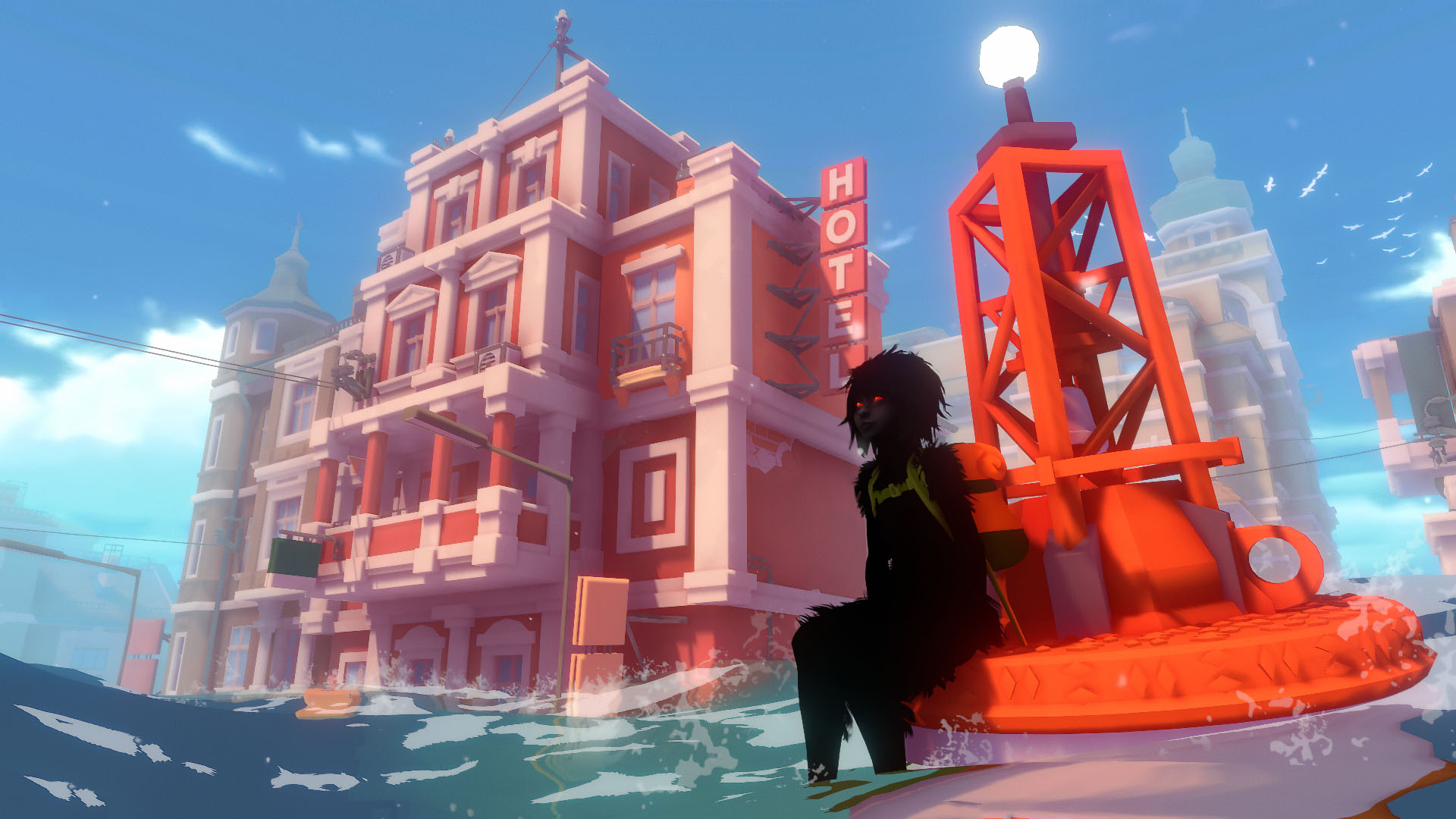
Whenever I'm feeling lonely, I find comfort in knowing that out there in this big world of ours someone else is feeling lonely too. The fact that we each have the capacity to experience loneliness connects us. It's proof, in an ironic sort of way, that we're never truly alone. We're all in this together. When I came to play Sea of Solitude, a game that explores loneliness, I'd never felt more lonely; I'd just moved into a place of my own for the first time and I wasn't quite prepared for how deafeningly quiet my flat would be every time I returned home.
In truth, I felt equal parts elated and terrified about playing Sea of Solitude. Elated to know it explores themes relating to loneliness and mental health – something that's important to see out in the open in the media – and terrified because I knew it would likely have an effect on me, and perhaps even push me to face certain truths about myself that I try with all my might to push away. What I never expected, though, was for Sea of Solitude to leave me feeling as hopeful as it did. It shows us that even in our darkest moments, the light can always be found again. And when we feel at our most alone, we never truly are.
Speaking the same language
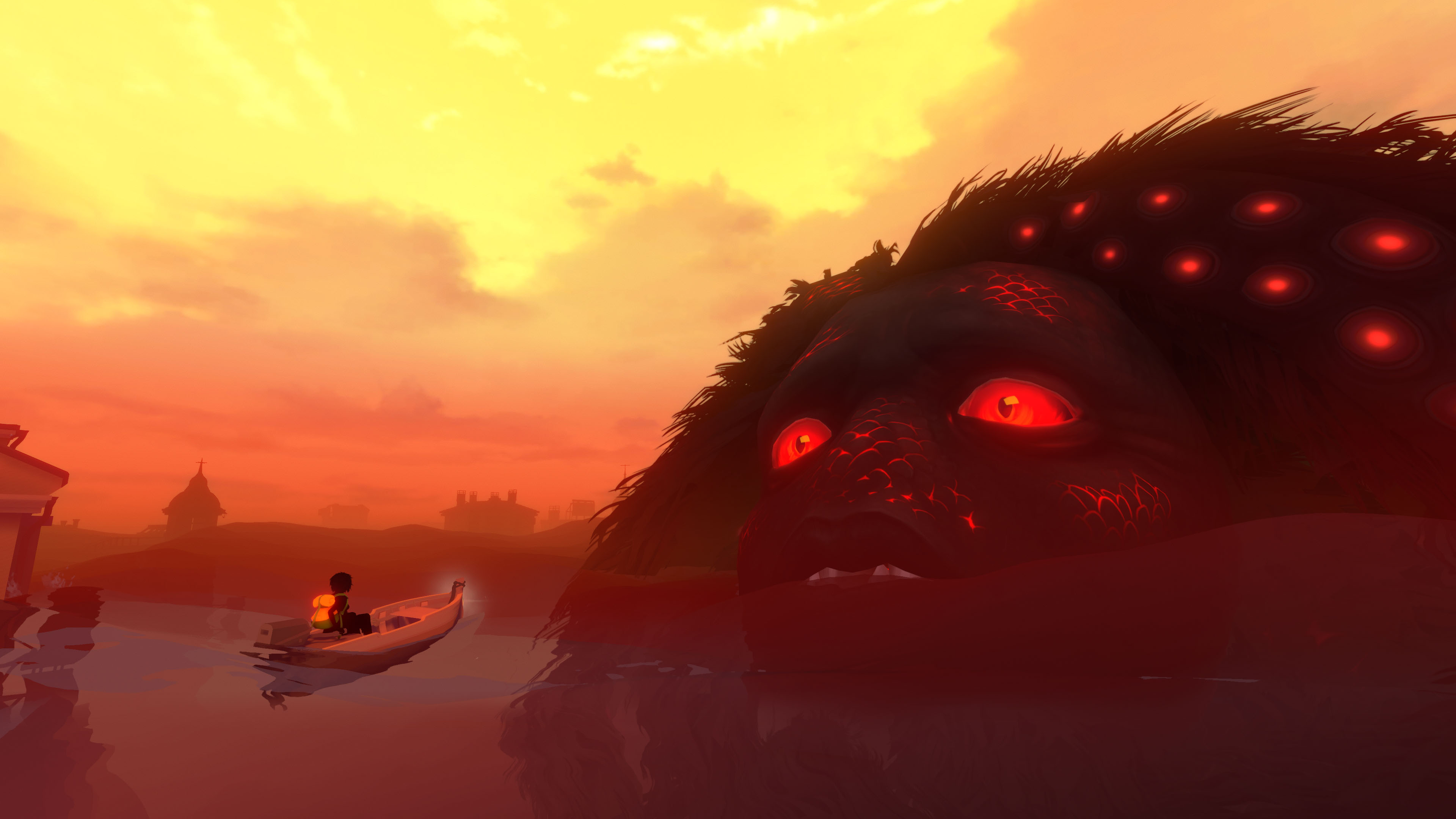
In Sea of Solitude, you play as Kay, a girl whose loneliness and internal struggles have turned her into a monster. She awakens on a boat in unfamiliar waters, surrounded by darkness. Navigating this strange world submerged in water, you follow a light Kay nicknames 'Glowy' to uncover the secrets of the water, and to discover what caused Kay's monstrous transformation. As you journey through the sea, you meet other monsters in the world who make Kay face what it means to be human again. The story that unfolds takes you on a poignant exploration of themes relating to mental health issues and loneliness that take shape in several different forms throughout the game.
Since Kay has turned into a monster, she is able to talk to the other monsters in the world. You slowly start to understand that each monster is going through their own particular troubles, just as Kay is, but it's through these troubles that they are able to communicate and understand each other. Ultimately their shared pain becomes a mutual language that connects them.
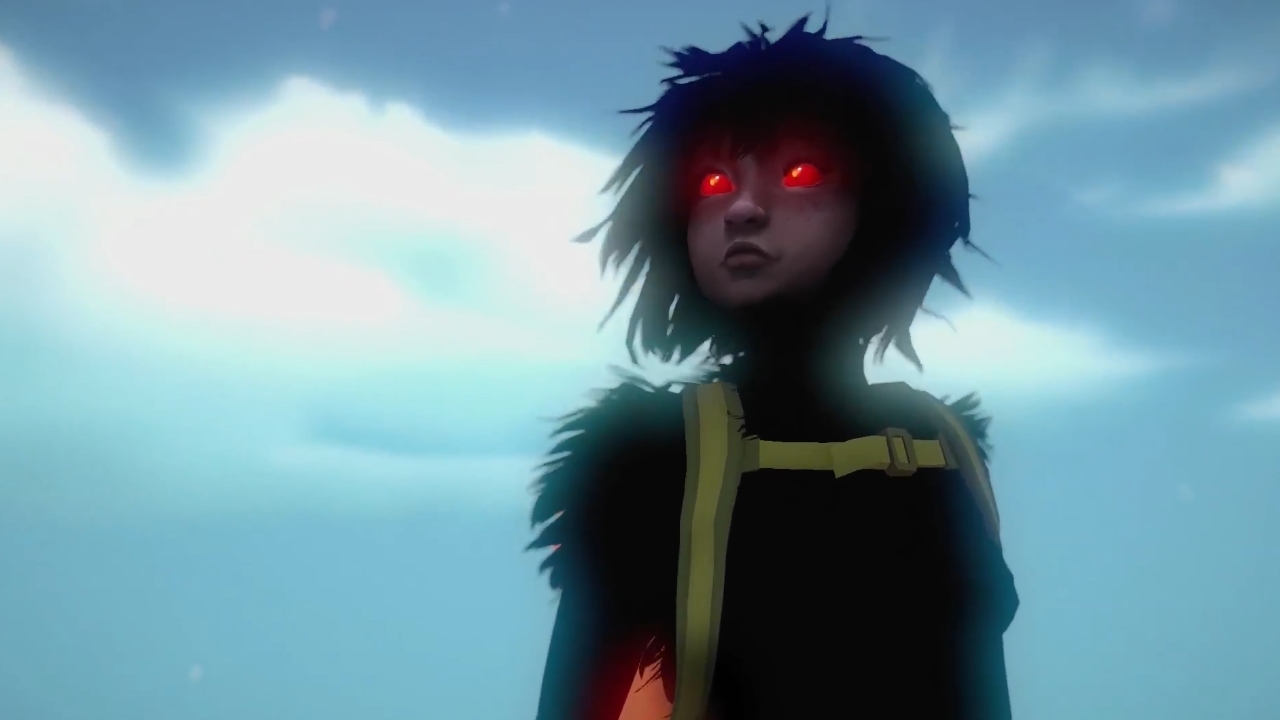
"When I had the blues, I imagined the city and me drowning in an ocean of tears"
Cornelia Geppert
There's something so striking about the way the monsters can only regain their humanity by talking about their pain. Sea of Solitude's representation of loneliness made me feel brave enough to open up about my own struggles with the feeling, and it also offered me a sense of catharsis I've never experienced before. CEO of Jo-Mei and writer and creative director of Sea of Solitude Cornelia Geppert tells me that the way the monsters share a language is supposed to translate the message that it's okay to share our pain and know that we're not alone. "By sharing pain," Geppert tells me, "one feels less alone."
It's through shared experiences that Sea of Solitude came to be. Geppert was inspired by her own experiences, as well as those of her friends, family and co-workers. As a very open person herself, Geppert is happy to talk very honestly about her past relationship and how she came up with the concept for Sea of Solitude when she was in one of the "loneliest points" in her life. By playing Sea of Solitude, Geppert explains that she hopes players feel less alone if they go through similar situations as those represented in the game. "I love people sharing their experiences and thoughts so others can relate and open up about their issues," Geppert says. "We actually achieved more than I hoped for with Sea of Solitude. Literally thousands of fans write to me saying they are happy we speak openly about themes such as loneliness, bullying, depression, and marital struggles."
If at first you don't succeed, try, try again
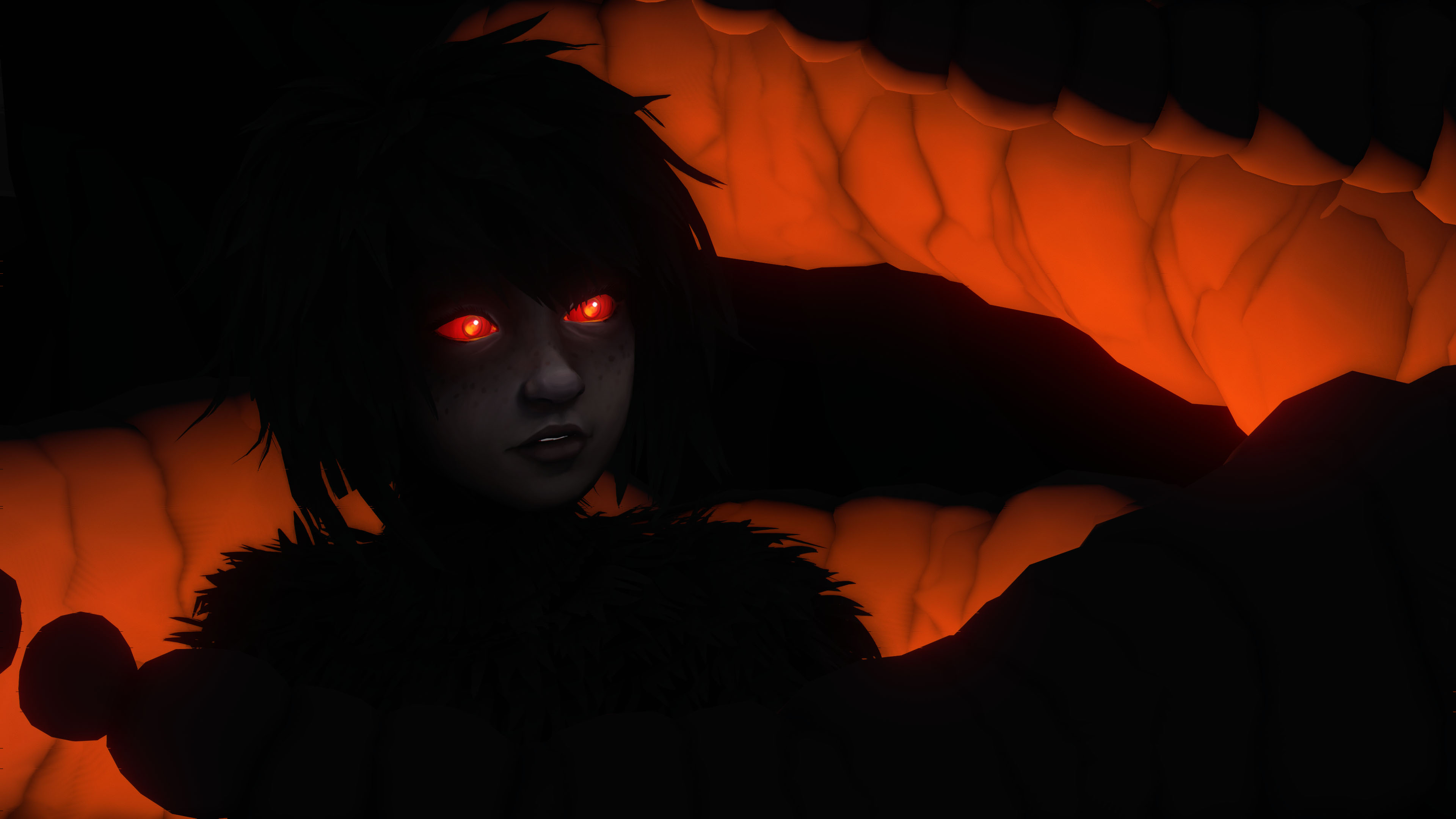
Sea of Solitude is made up of chapters with different obstacles to overcome throughout, but there's something very encouraging about the way Jo-Mei's adventure doesn't set you back very far every time you don't succeed. Instead, Kay stands right back up – at the point just before you failed – so you can easily try again. This instills the idea that you should always keep trying. That you should keep going. Because, eventually, you'll get where you need to be.
Weekly digests, tales from the communities you love, and more
I like to think that Sea of Solitude is also telling us that, eventually, you can get past any bumps in the road, or stumbles you make during your own life, too. We all fall, from time to time, but we can also have the capacity to get right back up again. "As the fantastic Frank Sinatra sang once in one of my all time favourite songs 'That's Life'," Geppert says, before quoting lyrics that can be so clearly felt throughout the experience: "'Each time I find myself flat on my face, I pick myself up and get back in the race.'"
As I progressed through Kay's story in Sea of Solitude, giving up never crossed my mind because I knew that I would get past the obstacle if I just kept at it. It reminded me that trying is all you can ever do. And if you keep trying, one day, you'll succeed.
Journeying through an ocean of tears
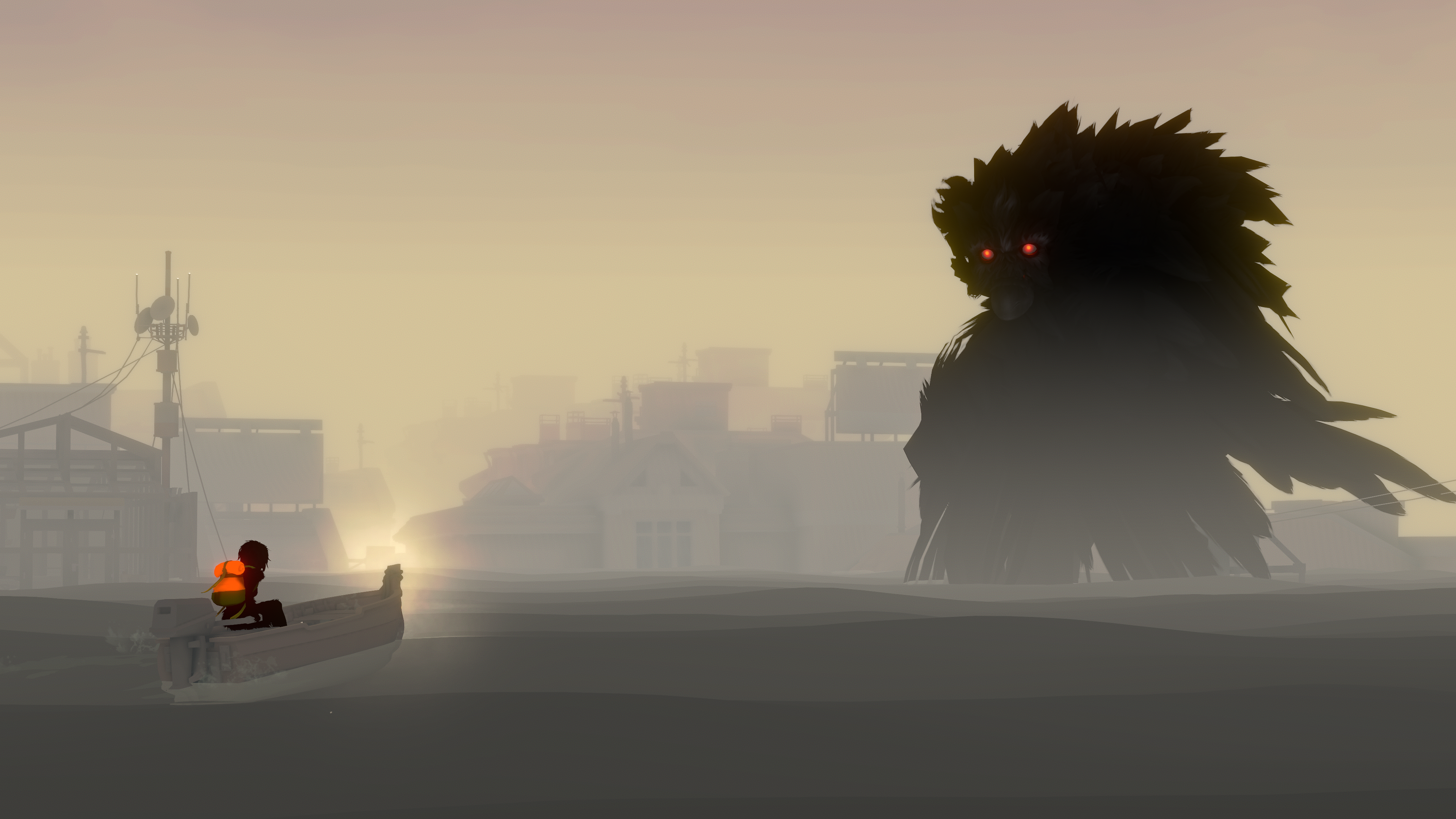
There are so many metaphors buried beneath the surface of Sea of Solitude, but the most striking one is the water itself. As you journey through the story, the water dictates your path throughout each chapter. Sometimes it'll wash over Kay, or push her down to the ground, or even block her route. You constantly have to work around it or against it.
To me, the water became a visual representation of what it feels like to be lonely and to struggle with your own emotions. It's often as though Kay is being drowned, or overwhelmed, or even overturned by her own feelings. When the tide rises or falls, some hidden secrets reveal themselves, as if feelings that Kay had buried deep down come up to the water's surface. When I ask Geppert what inspired the submerged setting, she explains that it came very naturally to her because she was born and grew up on the shore – her family are fishermen. The water, as Geppert explains, was inspired by a feeling she once had of wanting to drown herself and the city around her in tears. "When I was 17, I moved to Berlin and started my career as a comic artist," Geppert tells me. "When I had the blues, I imagined the city and me drowning in an ocean of tears. I loved the thought of driving around that ocean of tears through the rooftops of Berlin."
There's something so poetically sad about the idea of travelling through a world submerged in tears, but it's one of many examples of how much depth there is to Sea of Solitude's artistic direction. The water and the act of controlling Kay to keep her moving through the "ocean of tears" is indirectly encouraging. It's as though the very way you push Kay forward through the water instils in you the message that even when you feel like you're struggling against the current, you can find a way to stay afloat.
We're all in the same boat
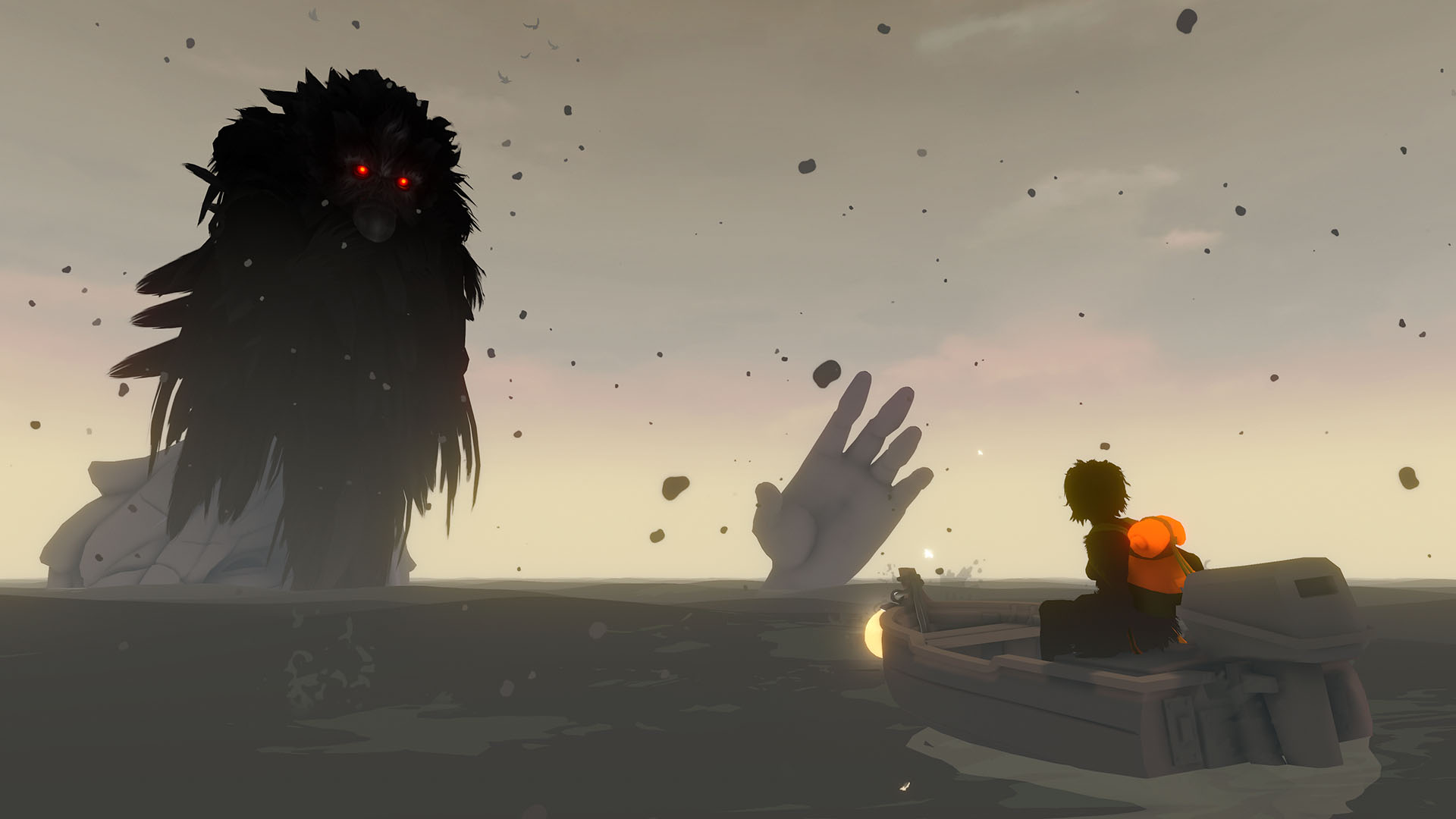
There's so much to be interpreted from the many hidden metaphors and artistic representations in Sea of Solitude, but time and again throughout my journey with Kay, I kept clinging to the light. On your boat, or on foot, you follow Glowy, a ball of light that guides you through the murky darkness. It's a constant reminder that as dark and oppressive as loneliness or your internal struggles can feel, you can always find the light again. There's always hope that things will get brighter.
Sea of Solitude reminded me that we're all so much more connected than we think we are. Even if we're united by our mutual pain, or by our shared struggles, we're all human, and as trite as it might sound, we're all just trying to swim against the tide of life without drowning in its many ups and downs. Sure, sometimes we might capsize and have to fight to keep our heads above water, but I've learnt that you don't always have to try and stem the tide alone. It has become a beacon of light in the darkness that loneliness brings, signally that it's okay talk about it when we're feeling lonely, and when we do, to remember that we aren't ever as alone as we might think.

I started out writing for the games section of a student-run website as an undergrad, and continued to write about games in my free time during retail and temp jobs for a number of years. Eventually, I earned an MA in magazine journalism at Cardiff University, and soon after got my first official role in the industry as a content editor for Stuff magazine. After writing about all things tech and games-related, I then did a brief stint as a freelancer before I landed my role as a staff writer here at GamesRadar+. Now I get to write features, previews, and reviews, and when I'm not doing that, you can usually find me lost in any one of the Dragon Age or Mass Effect games, tucking into another delightful indie, or drinking far too much tea for my own good.


